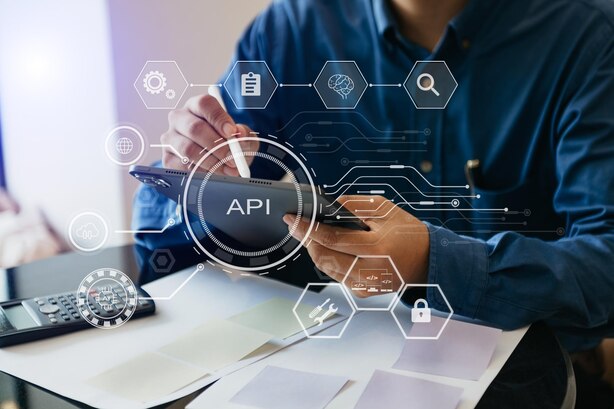Power of API Development
In the ever-evolving landscape of technology, Application Programming Interfaces (APIs) play a pivotal role in connecting and enabling communication between different software applications. API development has become an integral part of modern software development, allowing developers to create robust and scalable systems. This blog aims to provide a comprehensive guide to API development, covering key concepts, best practices, and the tools that empower developers to build seamless and efficient APIs.
Understanding APIs:
What is an API? An API, or Application Programming Interface, is a set of rules and protocols that allows different software applications to communicate with each other. It defines the methods and data formats that applications can use to request and exchange information.
Types of APIs:
- RESTful APIs: Representational State Transfer is a common architectural style for building APIs on the web, using standard HTTP methods (GET, POST, PUT, DELETE) and often returning data in JSON format.
- GraphQL APIs: A query language for APIs, providing a more efficient, flexible, and powerful alternative to REST, allowing clients to request only the data they need.
- SOAP APIs: Simple Object Access Protocol is a protocol for exchanging structured information in web services, often using XML for message formatting.
API Development Lifecycle:
Planning and Design:
- Clearly define the purpose of the API.
- Identify target audience and use cases.
- Design API endpoints, data models, and authentication mechanisms.
Development:
- Choose a programming language and framework suitable for your project.
- Implement API endpoints, ensuring consistency and adherence to design principles.
- Implement proper error handling and status codes.
Testing:
- Perform unit testing to validate individual components.
- Conduct integration testing to ensure different parts of the API work together seamlessly.
- Consider load testing to assess performance under heavy traffic.
Documentation:
- Create comprehensive API documentation detailing endpoints, request/response formats, and authentication requirements.
- Use tools like Swagger or OpenAPI for automated documentation.
Best Practices for API Development:
Consistency:
- Maintain consistency in naming conventions, data formats, and error responses.
- Follow RESTful principles or adhere to the conventions of the chosen API style.
Authentication and Authorization:
- Implement secure authentication mechanisms such as OAuth 2.0 or API keys.
- Enforce proper authorization to ensure that only authorized users can access certain resources.
Versioning:
- Implement versioning in your API to manage changes and updates without breaking existing integrations.
- Include version information in the API endpoint.
Error Handling:
- Provide meaningful error messages with relevant status codes.
- Include error details in the response to assist developers in troubleshooting.
Rate Limiting:
- Implement rate limiting to prevent abuse and ensure fair usage of your API.
- Clearly communicate rate limits in the API documentation.
Tools for API Development:
Postman:
- A popular API development and testing tool that simplifies the process of sending requests, testing endpoints, and managing API workflows.
Swagger/OpenAPI:
- Tools that allow for the automatic generation of API documentation, making it easier for developers to understand and interact with your API.
Express (Node.js), Flask (Python), Django (Python):
- Frameworks that facilitate the development of APIs in popular programming languages.
Conclusion:
API development is a cornerstone of modern software architecture, enabling seamless communication between applications and fostering interoperability. By following best practices, embracing robust development methodologies, and leveraging the right tools, developers can create APIs that are scalable, secure, and user-friendly. As technology continues to advance, the role of APIs will only grow, making them a fundamental aspect of the software development landscape.








































